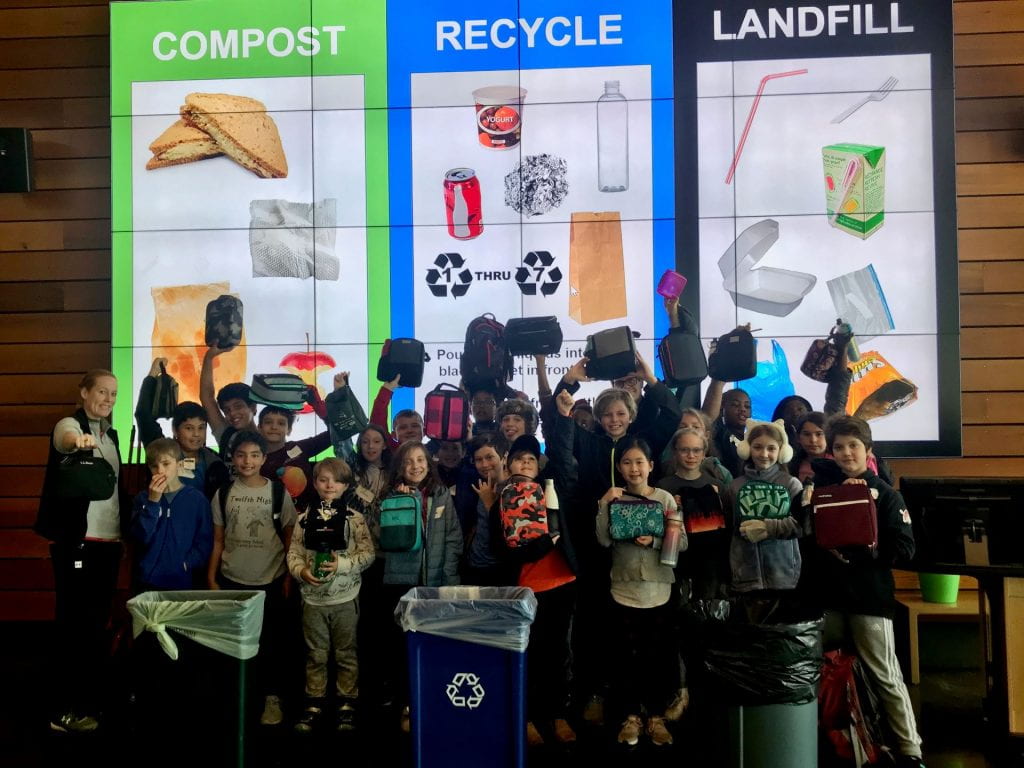What is EnvironMentors? To Sean Russell, a former mentee, the program “gave [him] the voice to be able to spread activism in regard to the environment”. Sean’s mentor, Clara Kitongo, says that the program serves to expose young environmentalists to the environmental field, and that it helps students to develop their skills. EnvironMentors is a national college program which connects high school students with professionals in the field of sustainability. Clara, for example, works for Tree Pittsburgh, a non-profit organization dedicated to protecting the urban forest. The program works with students from communities underrepresented in the sciences who have interest in sustainability.

Pictured: Clara Kitongo, EnvironMentors mentor
Some of the program’s key features are the aspects of mentorship and project-based learning. Clara is particularly passionate about mentorship; she has a vision of one day founding a mentorship organization, similar to EnvironMentors, to serve young girls from Uganda, her home country. The mentors of the EnvironMentors program help to guide their mentee as they complete a project based on an environmental topic of their choice. The process is heavily student-led, so these projects end up looking very different from student to student. Sean’s project was a collection of poems on Pittsburgh air quality, which he presented in a public event at Tree Pittsburgh in summer 2021, and in an online format. Sean’s poems discuss Pittsburgh’s unique history with industrial air pollution, and he discusses its impact on him and on the community around him. One of his poems discusses his experience of trying to go for a run in Pittsburgh, and feeling betrayed by Mother Nature when he suddenly felt the air “scratch [his] lungs”. Since that day, as a high school track athlete, he’s resorted to running indoors.
The EnvironMentors program is designed to give students like Sean the opportunity to express and advocate for themselves, be it through science research and also through community organizing, poetry, authoring a children’s book, or any other means of expression they might choose. But the program doesn’t just benefit the mentee, it also benefits the mentor. Clara says she feels Sean helped her stay on track with the program goals, because he was very well-organized. She feels that the program allowed her to, “grow as a person who can s

Pictured: Sean Russel, EnvironMentors mentee
upport other people.”
To those interested in becoming a mentor, Clara recommends remaining open to the process of learning and growing: “It’s a newer program, so there are a lot of things that we’re developing… I would encourage anyone who comes in to just be open-minded.”She also encourages prospective mentors not to tell their mentee what to do, and instead to allow new ideas to emerge. Interested in becoming a mentor? Please complete this 2021-22 Mentor Interest Form.
To those interested in joining the program as a mentee, Sean encourages students to push themselves if they feel unsure: “Maybe you have to get out of your comfort zone, but if you do it you can really benefit from it.” This year, Sean is hoping to work with Clara and expand his project to work with a team of other students and do something at the next level with the work he’s already done.
Interested in starting an EnvironMentors program at your school? Please contact khenderson@chatham.edu












